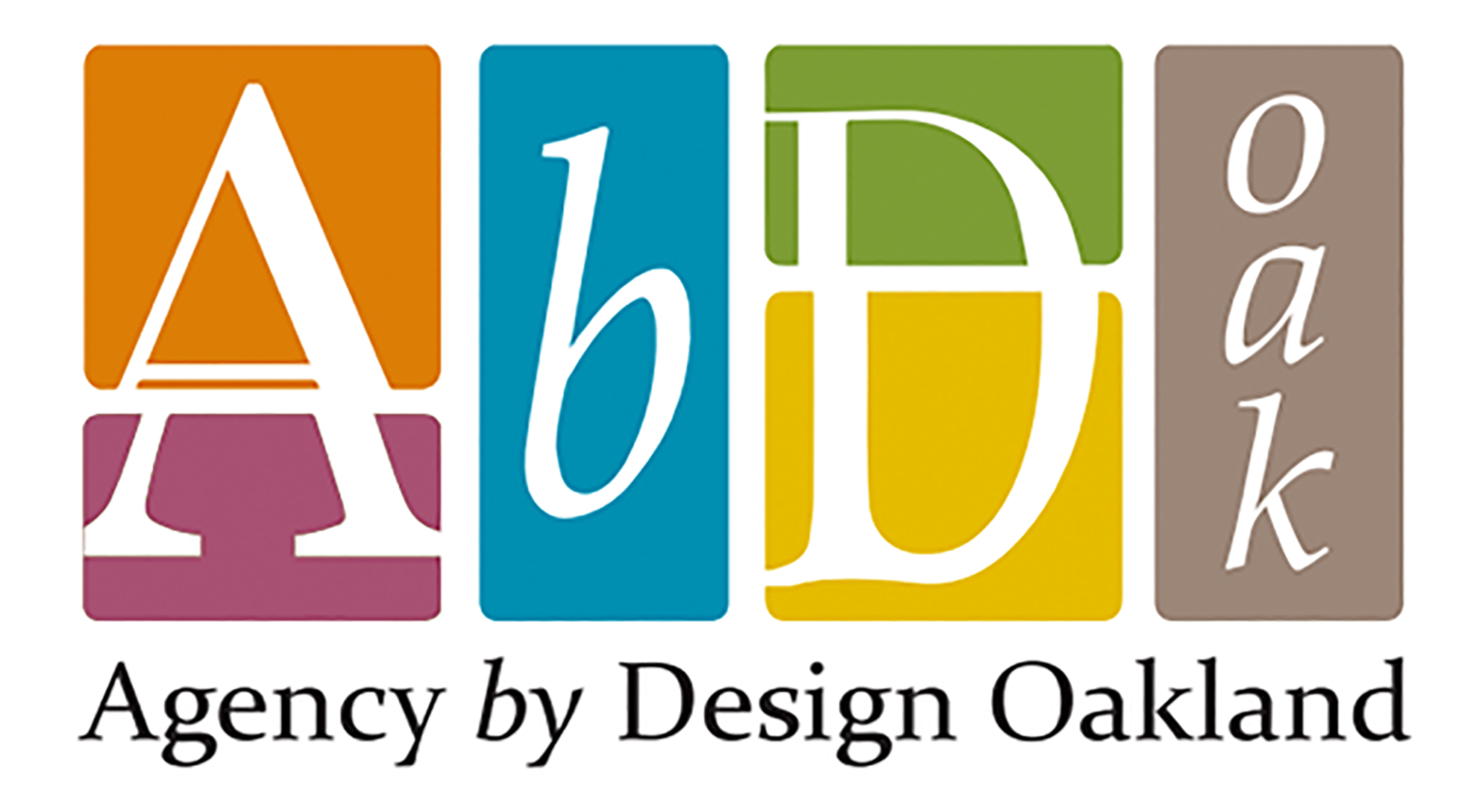Making and Un-making Memoir: A Downloadable & Interactive Zine
A Picture of Practice by 2017-2018 Agency by Design Oakland Teacher Fellow Susan Wolf
Susan Wolf is faculty in the Integrated Learning Specialist Program at the Alameda County Office of Education. In her role she works with closely with Alliance Academy of Integrated Learning and Roots Academy, to infuse Arts Integration into core content areas. She just completed her second year as a Teacher Fellow with Agency by Design Oakland, and next year she will be a Senior Fellow and Coach on the leadership team. This past year she explored the complexities that inform our individual narratives, specifically in regards to our identities as makers. As part of this inquiry, Susan, an artist, created a zine called the Making and Un-Making Memoir that guides readers to explore their own identities as makers. Learn more about her inquiry below, and download a pdf of the zine to print. And don't miss Susan in August, when she presents these ideas at the Inventing our Future conference.
What is your maker identity?
In the 2017-18 school year Susan explored the complexities that inform our individual narratives of who makes what why. She began by asking the questions: What are our histories, mechanisms, assets and experiences of making? Susan ultimately arrived at the conclusion that “to understand a maker’s identity is to tell a story, and knowing that story is the difference between dirt and soil.”
Her research was influenced by the article Making Through the Lens of Culture and Power: Toward Transformative Visions for Educational Equity. This text, in combination with conversations with other educators in her maker identity inquiry group, fueled her desire to investigate her own lineage as a maker in an authentic way, including her privilege and position as a white cis female.
After exploring and researching forms of making, and the lineage of her own "making and un-making," Susan was left with the dilemma of how to invite folks to think about their unique maker identity. She decided to create the Making and Un-Making zine as an interactive tool for anyone who would like to explore their maker identity.
The simple questions asked within this zine are great as conversation starters. Not just for grown up parties but to learn about our students and their families. The limited space of each zine page is an invitation to begin what may become an ongoing curiosity about our lineage and who is making and unmaking the stuff in our lives. -Susan Wolf
download the Making and Un-Making zine here
The PDF is designed to be easily photocopied multiple times, on 11" x 17" paper, and then tested on your own or with students. You can find folding instructions here and here. To document your process, Susan has created a list of possibilities for how to use the zine:
Try it over the summer so that you are ready to ask your students questions about their maker identity in the Fall:
Voice Recording: I have been using voice memo on my phone to record thoughts that feel important. Try to describe one object that you have made or a family member has made and then post it on a soundcloud channel using a picture of the object.
Illustrations: Share what you have made by breaking it down into easy steps, then add sketches. Need examples of what this might look like? Visit this great project http://dearhow.to/index.html
Photo archive using social media: Instagram and twitter can be great tools for creating a thematic thread. Create a unique channel and anchor the post with text and #makeridentity.
To hear more about Susan's process, you can also listen to her Making and Un-Making Podcast Series.
"Making is a form of self care. It allows people to think about how things work and about how pieces fit together. This is revealed in layers of metaphor and metacognition. I am in love with the slow gestures of making that provide space for our thoughts to wander."
Susan Wolf
Faculty and Coach, Integrated Learning Specialist Program, ACOE
Susan Wolf is an arts integration coach working with teachers at two middle schools in West Oakland. She supports teachers in their fluency with Culturally Responsive Teaching practices and is always looking for the ways she can best support white educators to shift their understanding of their teaching methods to match the needs of their students. As a visual artist, her art practice and teaching practice frequently intersect. Her most frequently asked questions are: How do you know your students understand? What could you do differently to allow your students to follow their own inquiry?






